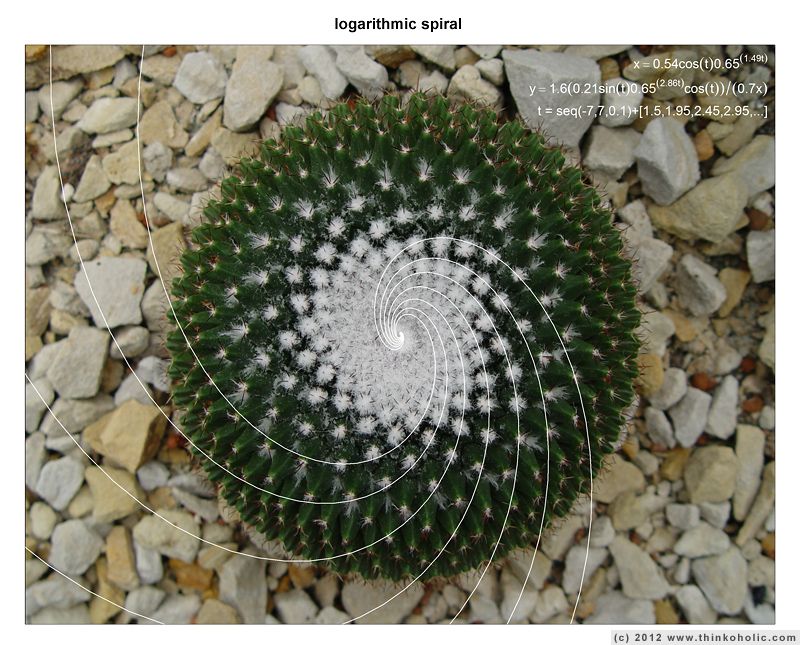
If you look at what it takes for the shapes of these things to be optimal in terms of survival and natural selection," Devlin says, "you find that the golden ratio plays a huge role, and that means also that the Fibonacci numbers play a role. The sets of pinecone spirals are in accordance with Fibonacci numbers. Seeds on flower heads spiral from the center outwards to fill every possible space in proportion to the Golden ratio. The petals of some flowers, for instance, fan out in a Fibonacci sequence to get the most sunlight. Because plants survive by optimizing the amount of sunlight and nutrients they receive, many grow in this perfect pattern. Years of extremely complex mathematical calculations have shown this.Īnd the reason for its existence comes down to utility. We've known for about 25 years, Devlin says, that the Golden ratio exists all over the place in the natural world - in things like plant growth (such as the spiral pattern in sunflowers), seed heads, and pine cones. In trees, the Fibonacci begins in the growth of the trunk and then spirals outward as the tree gets larger and taller.Account icon An icon in the shape of a person's head and shoulders. Trees Photo from Joel & Jasmin Førestbird/UnsplashĪlthough we all usually see trees everywhere in our day to day, how often do we really look at them for patterns. When analyzing these spirals, the number is almost always Fibonacci. At points, their seed heads get so packed that their number can get exceptionally high, sometimes as much as 144 and more. A perfect example of this is sunflowers with their spiraling patterns. Most of the time, seeds come from the center and migrate out. Seed Heads Photo from Asgeir Pall Juliusson/UnsplashĪ flower’s head is also where you’ll find the Fibonacci sequence in plants. Of the most visible Fibonacci sequence in plants, lilies, which have three petals, and buttercups, with their five petals, are some of the most easily recognized. Pine cones are also constructed in a spiral fashion, small ones having commonly with 8 spirals one way and 13 the other. Sunflowers are the most spectacular example, typically having 55 spirals one way and 89 in the other or, in the finest varieties, 89 and 144. The petals of a flower grow in a manner consistent with the Fibonacci. A mountain aster may have 13 spirals to the left and 21 to the right.

Flower Petals Photo from Alfiano Sutianto/Unsplash Remarkable for their complexity and beauty, they also. Each cone has its own set of spirals moving outwards in opposing directions. The seeds of a sunflower, the spines of a cactus, and the bracts of a pine cone all grow in whirling spiral patterns. The following are some of the succulents that fall under this category. These plants are also referred to as succulents with Fibonacci spirals.

Some of the spirals are more perfectly arranged than others. Their leaves form these cones making them quite attractive. When looking closely at the seed pod of a pinecone, you’ll notice an arranged spiral pattern. These succulents form geometrical spirals, as seen in sunflowers or pine cones. Pinecones Photo from Cameron Oxley/Unsplash

The more they grow outward, the higher the Fibonacci sequence is visible. When growing off the branch, Fibonacci can be viewed in their stems as well as their veins. The Fibonacci sequence in plants is quite abundant, and leaves are one of the best examples. Although the Fibonacci sequence (aka Golden Ratio) doesn’t appear in every facet of known structures, it does in many, and this is especially true for plants. The Fibonacci sequence’s ratios and patterns (phi=1.61803…) are evident from micro to macro scales all over our known universe. The Fibonacci sequence was initially developed by Leonardo Fibonacci while he was calculating the expansion of groups of rabbits over a year.


 0 kommentar(er)
0 kommentar(er)
